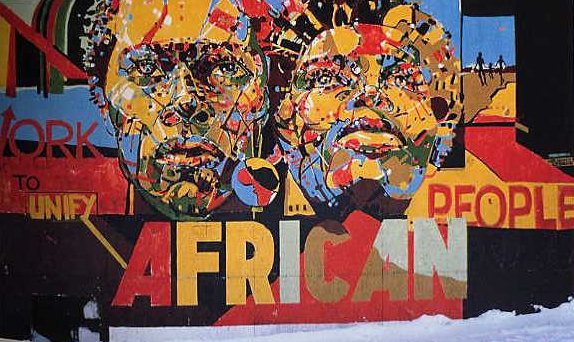The Black Arts Movement I:
History and Context

Part I: History and Context
Both inherently and overtly political in content, the Black Arts movement was the only American literary movement to advance “social engagement” as a sine qua non of its aesthetic.
The movement broke from the immediate past of protest and petition (civil rights) literature and dashed forward toward an alternative that initially seemed unthinkable and unobtainable: Black Power.
In a 1968 essay, “The Black Arts Movement,” Larry Neal proclaimed Black Arts the “aesthetic and spiritual sister of the Black Power concept.” As a political phrase, Black Power had earlier been used by Richard Wright to describe the mid-1950s emergence of independent African nations.
The 1960s’ use of the term originated in 1966 with Student Nonviolent Coordinating Committee civil rights workers Stokely Carmichael and Willie Ricks.
Quickly adopted in the North, Black Power was associated with a militant advocacy of armed self-defense, separation from “racist American domination,” and pride in and assertion of the goodness and beauty of Blackness.
Although often criticized as sexist, homophobic, and racially exclusive (i.e., reverse racist), Black Arts was much broader than any of its limitations. Ishmael Reed, who is considered neither a movement apologist nor advocate (“I wasn’t invited to participate because I was considered an integrationist”), notes in a 1995 interview,
"I think what Black Arts did was inspire a whole lot of Black people to write. Moreover, there would be no multiculturalism movement without Black Arts. Latinos, Asian Americans, and others all say they began writing as a result of the example of the 1960s."